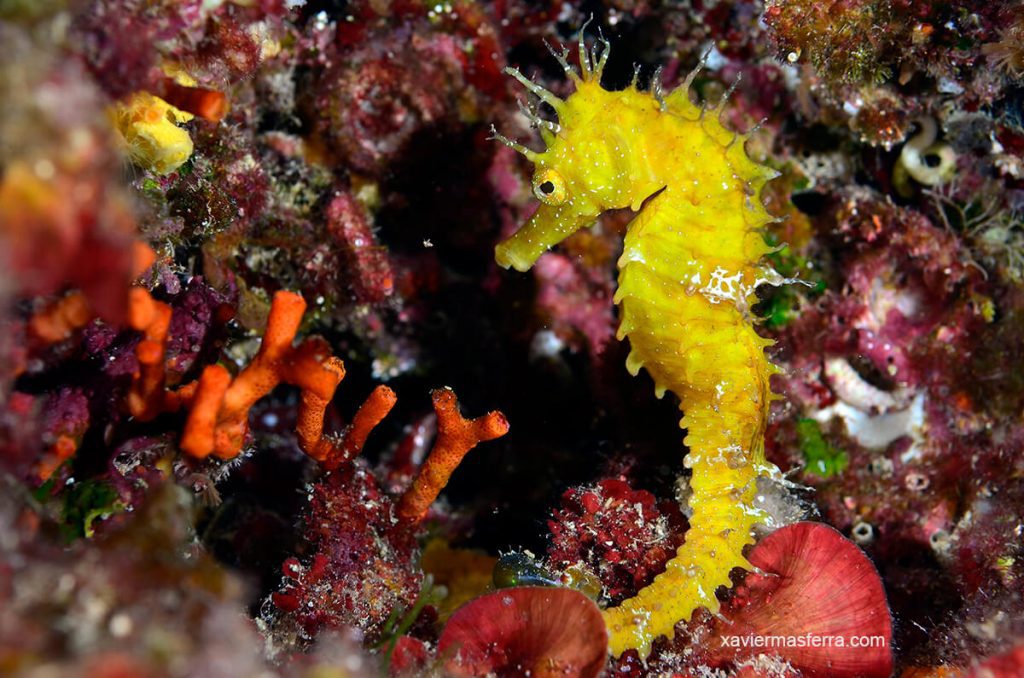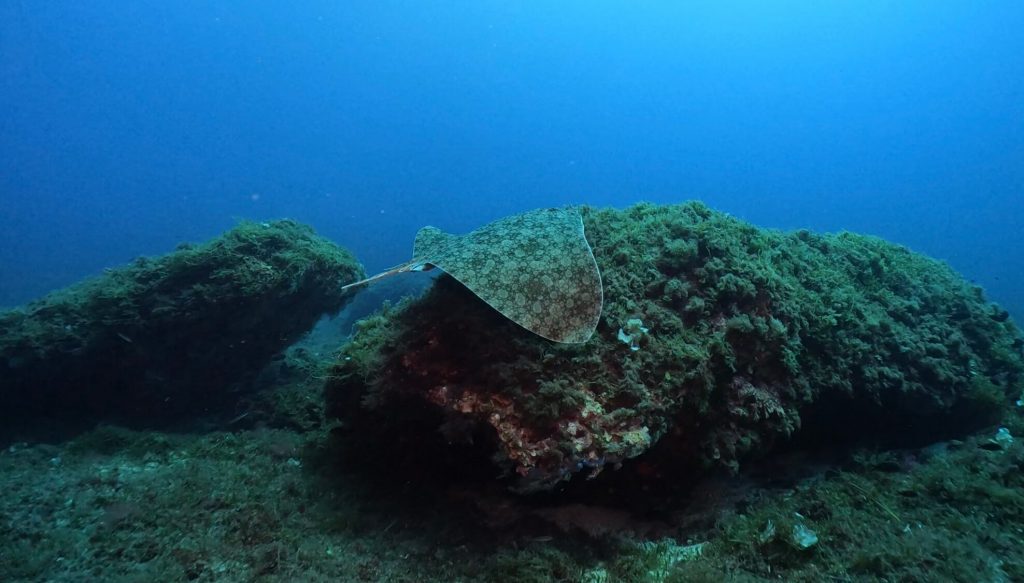The data on rare fish in the Balearic Islands has been updated this summer to 107 species. The DAPERA (Dades de Peixos Rars) list, which was last published in 2015 and consisted of 97 different marine species, includes ten more in its 2023 update. Of these, population monitoring is of interest, essentially for reasons of vulnerability and conservation. In addition, another list of 48 species has been drawn up, which includes new arrivals. Most of the latter are thermophilic, indicating rising water temperatures, while others are very rare and are expected to occur.
A total of 281 records of 48 different species have been recorded up to 2022, including 71 records provided by the Observers of the Sea platform up to 2021. Of the species belonging to the vulnerable group, the most cited has been the manta ray (Gymnura altavela), with 32 observations, while some rarer species, such as the cardinal fish, Zu cristatus, or the girdle Trachipterus trachypterus, have only been cited once. As for the species of the newcomers group, the most frequent were the green parrotfish (Sparisoma cretense), the dentex horse mackerel (Pseudocaranx dentex), the royal sardinian (Diplodus cervinus) and the trumpetfish (Fistularia commersonii).
According to the conservation reference categories established by the IUCN, 2% of the species cited in DAPERA are critically endangered, 5% are endangered, 33% are vulnerable, 34% are near threatened and 18% are species of least concern.
Rare fish register of the Balearic Islands
The Species Protection Service and the Marine Resources Service of the Regional Ministry of Agriculture, Fisheries and Natural Environment, in collaboration with SEO/*BirdLife, have published the Quadern de Natura. The document records the results of the eight years of existence of the database of rare fishes of the Balearic Islands, which they jointly manage. This is a register of data on rare fishes of the Balearic Islands created to systematically compile observations and captures of species that are rare on the islands. As well as other relevant biological observations on fishes of the archipelago. The database gathers the observations of more than a hundred private collaborators, organisations such as Observadores del Mar, and groups related to the marine environment. These include professional and recreational fishermen, divers, environmental agents and marine reserve watchmen.
The objective of DAPERA is to improve the information available, especially on fishes of no commercial interest. Some of them are rare and threatened. It also aims to collect data on new species in the Mediterranean, such as those arriving from the Red Sea due to the opening of the Suez Canal (Lessepsian species). Or those arriving from the Atlantic for other reasons, such as climate change or the increase in maritime traffic.
The observation of rarities that belong to other bioregions or that habitually live in areas far from our waters is of great importance, as it allows us to detect the entry of exotic species into the Mediterranean and thus anticipate the effects of climate change in the marine environment. On the other hand, records of singular or little-known species provide valuable data on the distribution, biology or conservation status of the local biota.
How to report a rare fish sighting
This is a citizen science project through which everyone can contribute to the knowledge of Balearic marine fauna by contributing their citation. To do so, it must be accompanied by all the information available (the species, if known, the date, the locality, a photograph, etc.). All observations are verified by the technicians of the Consellería before being added to the databank.
Those interested in communicating their observations of rare fish can do so directly through a form. It can be found on the website of the Species Protection Service.












Leave A Comment